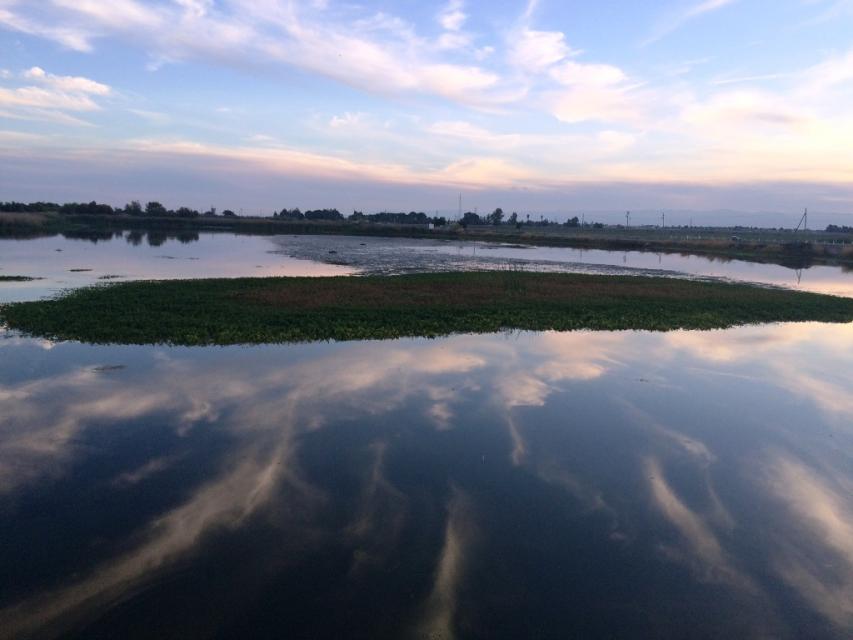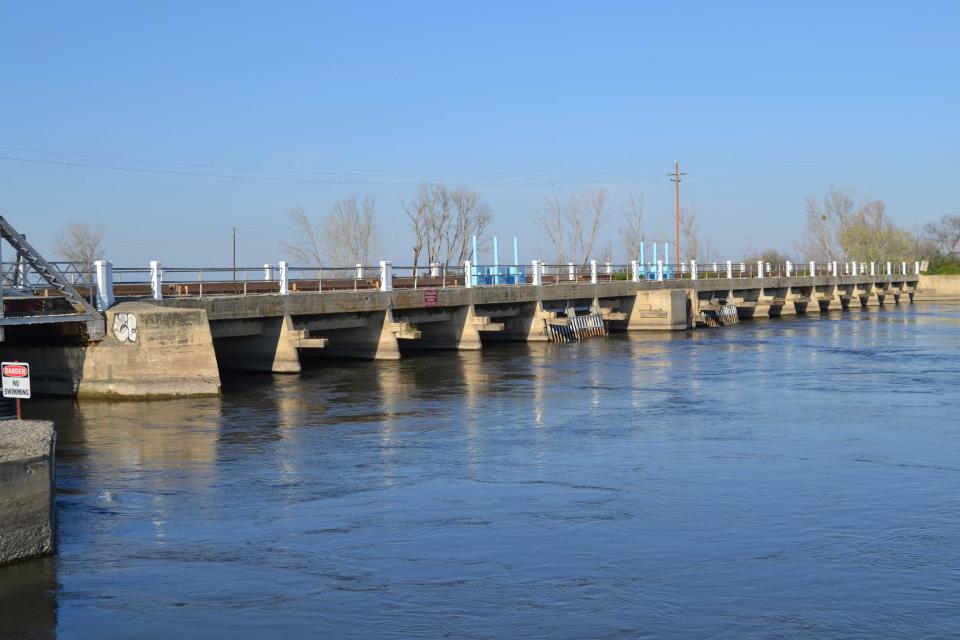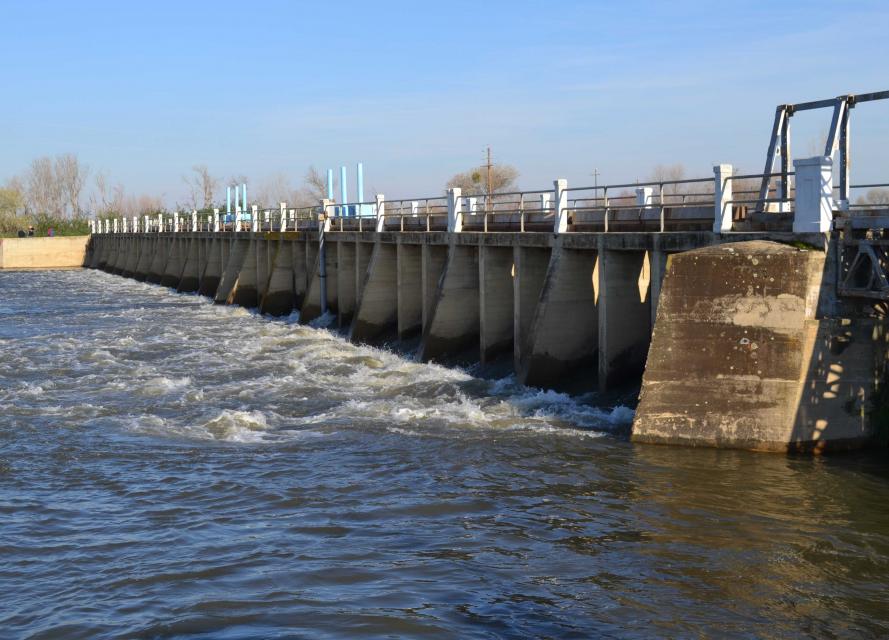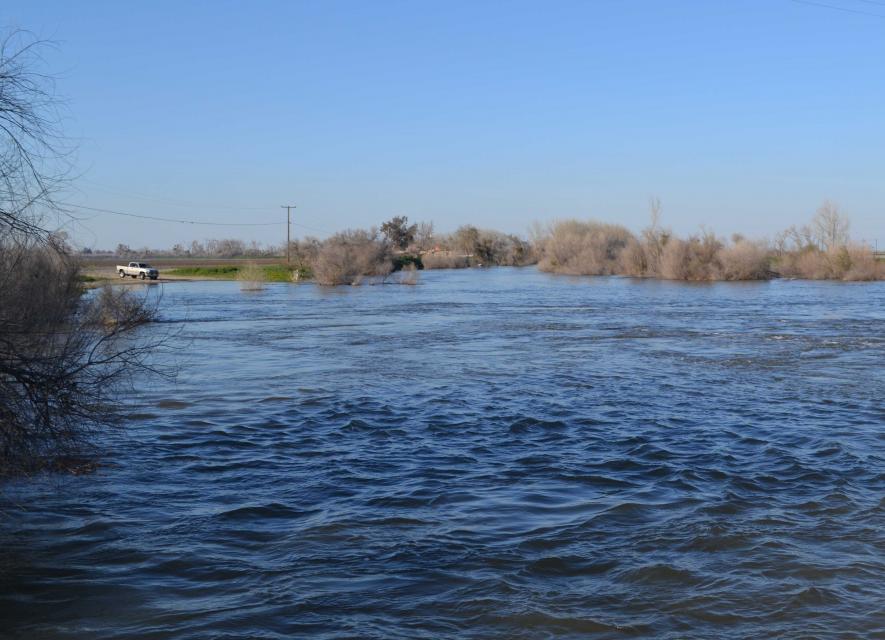Mendota Pool Is a Key Farm Water Link Along San Joaquin, Kings Rivers
ON THE ROAD: Built nearly a century ago, the tiny dam played a historic role in California water
 While it may not warrant the official designation of “reservoir,” tiny Mendota Pool at the confluence of the San Joaquin and Kings rivers in the heart of the San Joaquin Valley played an historic role in California water and remains a vital link in distributing water to farmers’ fields.
While it may not warrant the official designation of “reservoir,” tiny Mendota Pool at the confluence of the San Joaquin and Kings rivers in the heart of the San Joaquin Valley played an historic role in California water and remains a vital link in distributing water to farmers’ fields.
Located about 40 miles west of Fresno, Mendota Pool is created by Mendota Dam and holds about 3,000 acre-feet with a surface area of about 1,200 acres. By comparison, about 40 miles upstream, Millerton Lake, which sits behind Friant Dam on the San Joaquin River, has a capacity of 520,528 acre-feet and a surface area of 4,900 acres.
Mendota Pool has been a diversion point for irrigation water since it was formed in 1919 by an old concrete dam. Today, it is the recipient of a complex infrastructure that keeps water flowing through a canal system. The pool is the end point for water diverted 117 miles from the Sacramento River via the Delta-Mendota Canal, part of the Central Valley Project.
The Mendota Pool’s primary purpose is to take canal water and release it into the San Joaquin River, replacing the flows now diverted by the Madera and Friant-Kern canals upstream, and providing a source of water for farmers along the San Joaquin River.
As part of the San Joaquin River restoration, 10 miles of river passage leading up to the Mendota Pool are being widened, and a bypass is planned to allow salmon to migrate. The Bureau of Reclamation has completed a key environmental review for the Mendota Pool Bypass, which could clear the way for improvements needed to reconnect the river and allow fish passage from Friant Dam to the confluence with the Merced River.
We stop at Mendota Pool on our Central Valley Tour in March and our San Joaquin River Restoration Tour in November.
Visit Aquapedia, our online water encyclopedia, to learn more about Mendota Pool.










